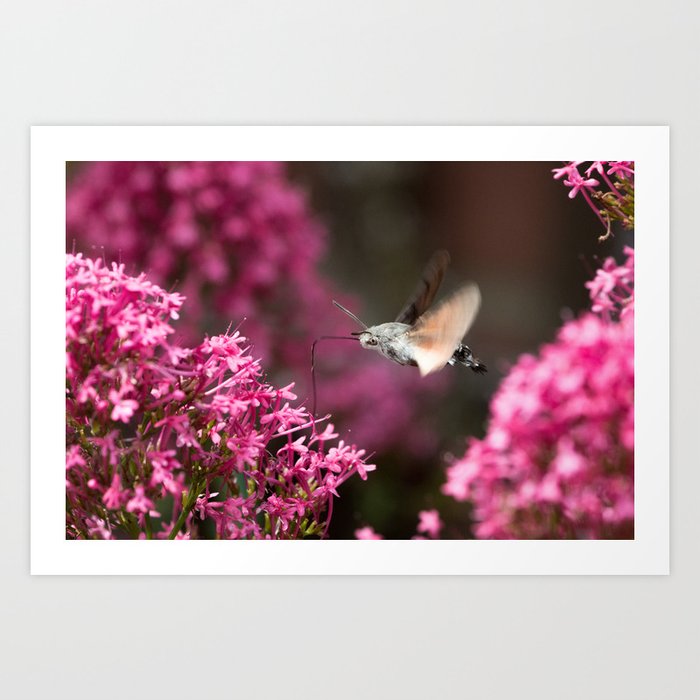

PELLUCID HAWK MOTH VS HUMMING BIRD PLUS
Some adult sphinx moths have black plus red, pink, orange, or yellow bands on their abdomen, which makes them look like bumblebees. The Nessus sphinx caterpillar makes weird hissing and clicking noises by moving air back and forth past a constriction in its gut. The caterpillar of the walnut sphinx has its own unique defense mechanism: when disturbed, it forces air out of its spiracles (the breathing holes along its side) to produce a whistling hiss. Also, the caterpillars may regurgitate on attackers in an effort to fend off ants and parasitoids. Other defense mechanisms include larval food plants that are toxic for example, the bitter chemicals in the foliage of nightshade plants, eaten by hornworms, renders the hornworms unpalatable to predators. A few decades later, the pollinator was indeed discovered, a sphinx moth with a tongue long enough to reach the nectar.įor many predators, sphinx moths are a nice meal, and the various camouflage patterns on the forewings remind us that avoiding detection is a first line of defense.

The naturalist who sent him a specimen asked, “Good Heavens what insect can suck it?” Darwin guessed there “must be moths with probosces capable of extension to a length of between 10 and 12 inches!” Alfred Russel Wallace concurred, suggesting it must be a kind of sphinx moth. In the 1800s, Charles Darwin pondered the case of a rare orchid in Madagascar whose nectar was stored at the bottom of a foot-long flower tube. Moths in this family are some of the fastest-flying insects, and they have several adaptations that make them good fliers: streamlined bodies, narrow wings with fore- and hindwings coupled together for efficiency, antennae that help them perform complex flying maneuvers, and a habit of “shivering” to warm up their flight muscles prior to taking off. People are interested in the physics of sphinx moth flight, especially their ability to hover. Though the hungry caterpillars can be vexing, you can’t help but be impressed by the elegant colors and patterns of the hefty, “furry” adult moths. Pink-spotted hawk moth caterpillars chew on sweet potato vines, and Pandora, Achemon, and Virginia creeper sphinx moth caterpillars are unwelcome in vineyards.Īlthough a few species are pests on garden plants, most sphinx moths do not cause significant injury to their host plants. Tomato and tobacco hornworms are the bane of people trying to grow tomato, potato, tobacco, pepper, and other plants in the nightshade family. In late summer, many people enjoy sitting on their patios and watching these mysterious hovering visitors sip nectar as twilight deepens. Planting large tube-shaped flowers can attract sphinx moths to your yard. Some of our sphinx moth species do not feed as adult moths.

Different species take nectar during different times of day or night, and many at dusk or dawn. While feeding, they hover in the air like hummingbirds. The caterpillars of some species are such well-known garden pests that they have their own names separate from that of the adult moth prime examples are the tomato hornworm (five-spotted hawk moth) and the tobacco hornworm (Carolina sphinx).Īdult sphinx moths, with their long tongues, are experts at drinking nectar from long-throated flowers such as trumpet vine and jimsonweed. Many sphinx moth species are named for their notable food plants, such as the Osage orange sphinx, four-horned elm sphinx, wild cherry sphinx, walnut sphinx, big poplar sphinx, snowberry clearwing, and grapevine sphinx. Each moth species has its own suite of suitable host plants (for example, some eat only members of the tobacco/tomato/potato family others must eat the leaves of rose-family trees such as plum, cherry, and apple). Sphinx moths use a wide range of larval host plants, including both woody and nonwoody species.


 0 kommentar(er)
0 kommentar(er)
